-
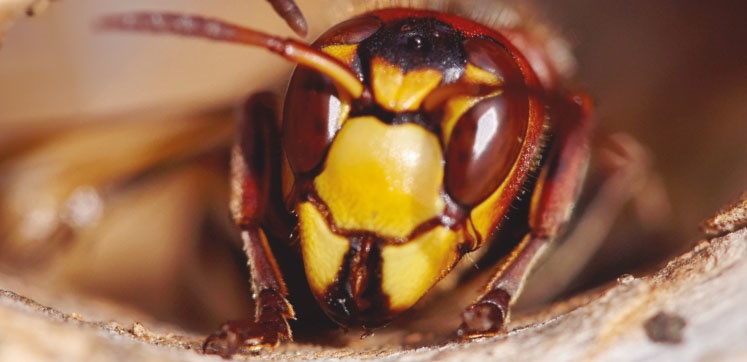
03 May 2024
Opinion: Changing your wasp management treatments
Alex Wade from Wade Environmental, a BPCA member, discussed changing wasp control methods at PestEx. He shares insights with PPC readers.. More
-
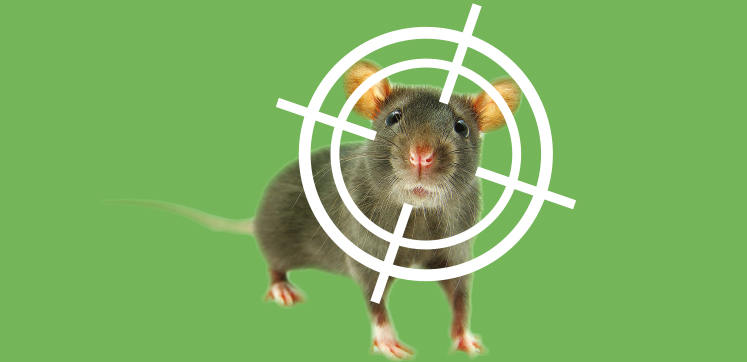
26 February 2021
Opinion: Cholecalciferol - the new kid in the block
PPC magazine caught up with Dave Archer and asked him for his thoughts on cholecalciferol, actives from times gone by and the future of rodenticides. . More
-

05 June 2023
Opinion: does CPD need to change?
Martin Rose-King talks about the the current state of CPD and what the future might look like.. More
-
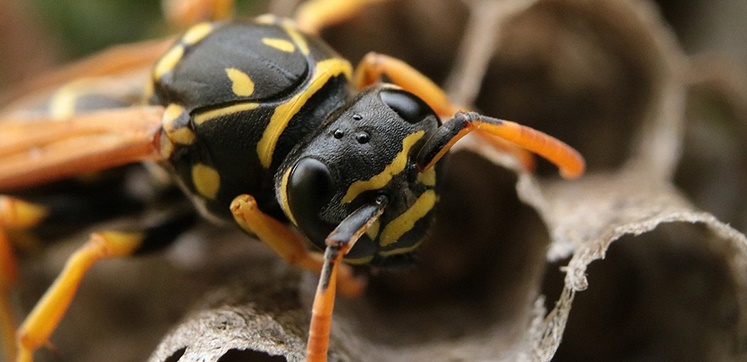
05 June 2023
Opinion: Don't put all your eggs into one wasps' nest
Sam Thorpe, Predator Pest Solutions, talks about the alternatives to relying on wasp management revenue this summer.. More
-
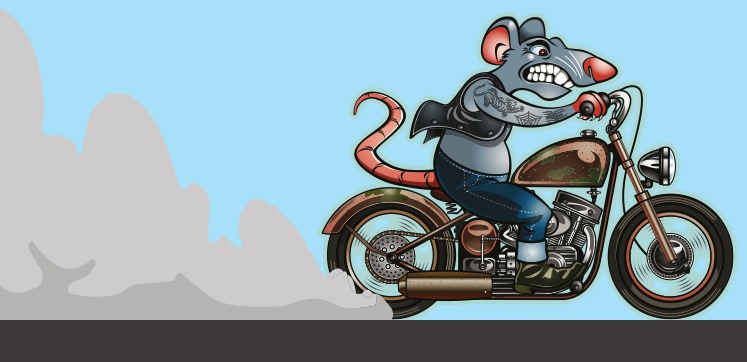
27 November 2023
Opinion: Game on! Throwing down the resistance gauntlet
In PPC113 Alex Wade, from Wade Environmental, asks pest professionals: "Is resistance our biggest challenge in 2024?". More
-

23 August 2021
Opinion: Glue board ban and the failure to self-regulate
In PPC104 Henry Mott, former president of CEPA, takes a step back to look at the ramifications of the Glue Traps (Offences) Bill.. More
-
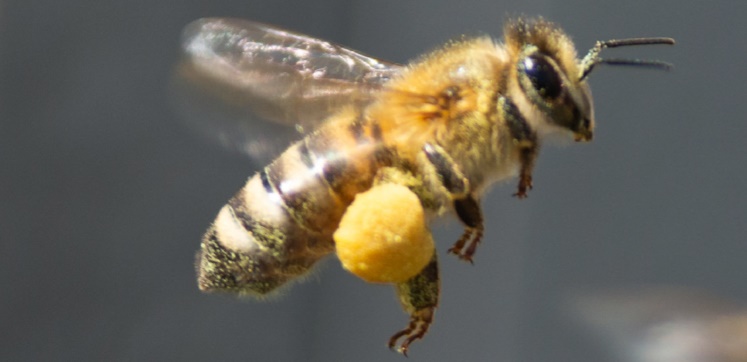
21 March 2025
Opinion: Honey bee relocation
In this article, Simon Spratley, Bounty Pest Control and BPCA BeeWise, talks about the pros and cons of rehoming honey bees. . More
-
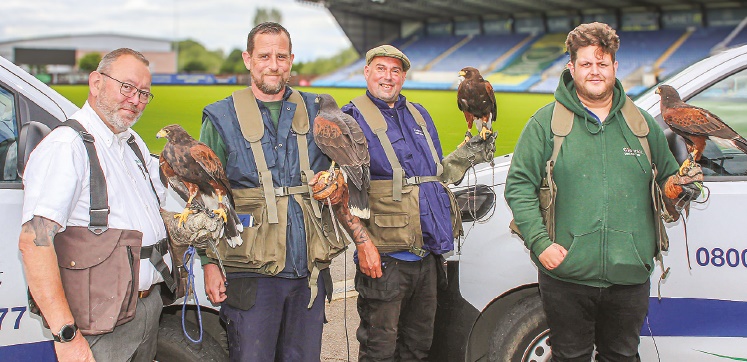
07 August 2024
Opinion: How do we navigate a sustainable future in pest management?
Opinion: True sustainability focuses on reducing environmental impact, enhancing our profession's reputation, and increasing profitability for future generations.. More
-

25 February 2021
Opinion: Let's ban glue boards
In PPC102 Chris Cagienard, director and field biologist for Pest Solutions, asks if we should defend the use of glue boards in pest control. . More
-
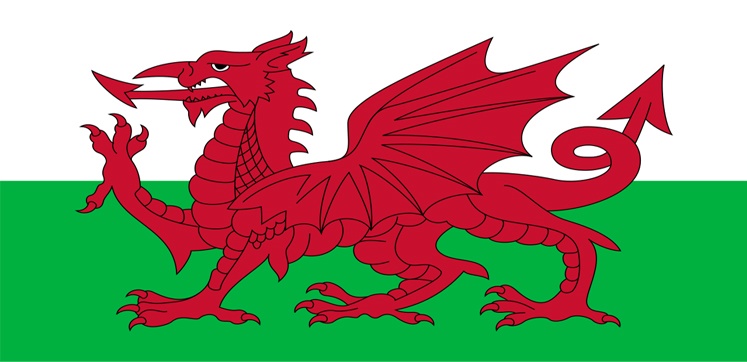
27 November 2023
Opinion: No more glue boards in Wales
Martin Harvey, Managing Director of Harvey Environmental Services, tells PPC why he thinks the glue board ban in Wales shows a lack of respect for the professional pest control industry. . More
-

11 September 2023
Opinion: Politics, environment and welfare in pest control
James Wood at Beaver Pest Control addresses political challenges in pest management and how to explain toolbox changes to customers.. More
-

11 September 2023
Opinion: Pricing, surveys and client expectations in pest control
In this opinion piece for PPC112, Martin Harvey discusses pricing, surveys, and client expectations.. More
-

14 March 2025
Opinion: Professional standards in pest control don’t go far enough
In PPC118, Adrian Gough of Pest Risk Management Group, talks about the upcoming CRRU proof of competence requirements.. More
-
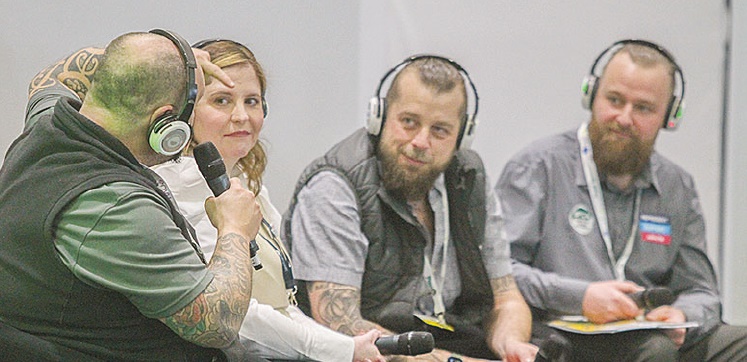
08 August 2024
Opinion: Resistance in insects
Opinion: At PestEx 2024's Big Debate, industry experts discussed insect resistance in the UK, distinguishing between resistance and treatment error, and the role of IPM in reducing callbacks.
. More
-

11 September 2023
Opinion: Rodenticides are crucial in pest management
Using rodenticides responsibly is vital in combating widespread rodent infestations, says Richard Faulkner, Envu. . More
-
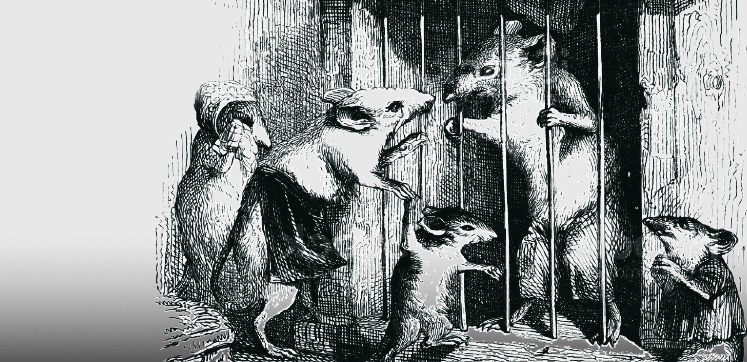
23 August 2021
Opinion: There's nothing evil about me
Is there such a thing as humane pest control? Alex Wade of member company Wade Environmental investigates for PPC104.. More
-
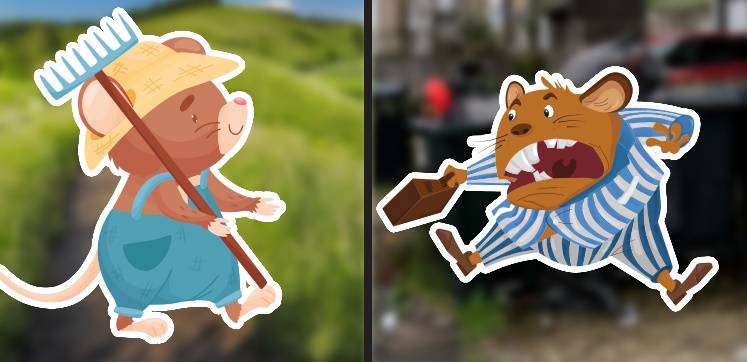
08 August 2024
Opinion: Urban vs rural pest control - A view from the USA
Opinion: Managing pests is essential for comfort and survival, with strategies varying significantly between urban and rural areas due to their unique challenges and advantages.. More
-

12 May 2021
Opinion: Vive la France? Observations on pest control licensing in France
In PPC103 Robert Moon, director of Applicateur3D, looked at whether British pest controllers should be licensed like those in France. . More
-

23 August 2021
Opinion: We should be animal welfare activists
We need to fully engage with this process of heightened animal welfare awareness, says Chris Cagienard.. More
-
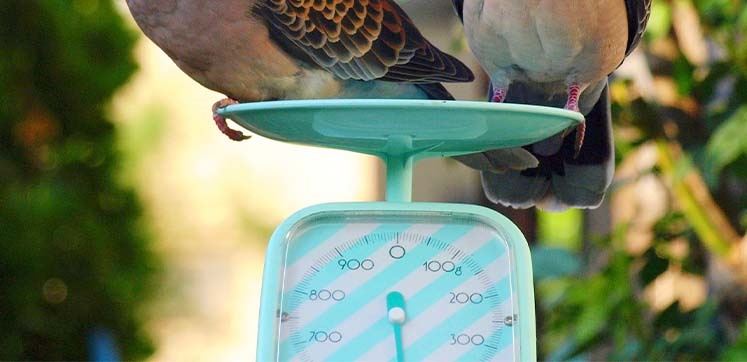
01 March 2022
Opinion: When is a pest not a pest?
BPCA Marketing manager Scott Johnstone talks through what makes a pest a pest, and gives tips for professionals looking to help protect their toolkits from these challenges. . More
-

22 October 2020
OPINION: When will professional users of rodenticides wake up to the potential consequences of their actions?
Dr John Simmons, Acheta Consulting, writes about the consequences of not taking rodenticide resistance seriously following a CRRU statement about new survey results. . More
-
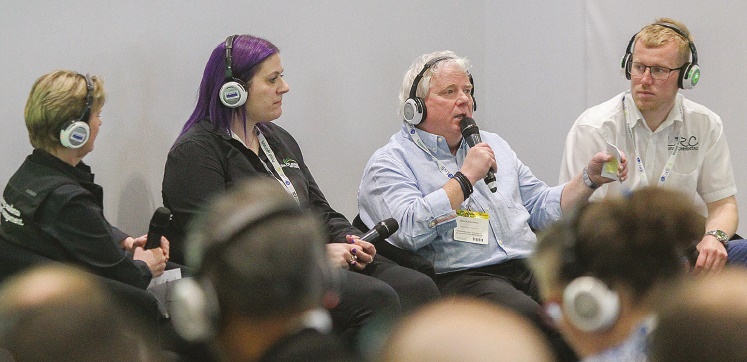
03 May 2024
Opinion: Where should you begin in pest control?
At PestEx 2024, we asked members about their beginnings in pest control. Here's a summary of their insights on starting a business, including experience requirements and barriers to entry.. More
-

31 May 2022
Opinion: Who do you think you are?
Regular PPC writer Alex Wade from Wade Environmental is back – and this time he's talking through the opportunities licensing could bring.. More
-
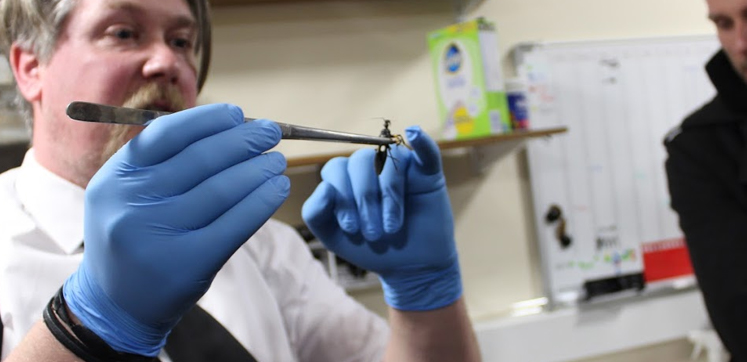
03 November 2020
Opportunity to support Church Farm pest control training centre
Steve Havers, Church Farm's owner, is looking for a new tenant at the famous pest management training and product testing facility.. More
-

27 November 2023
Optimise your pest control website for Google
Ben Sisson, Managing Director of Targeted SEO, gives PPC113 the lowdown on getting pest control websites seen by as many people as possible.. More